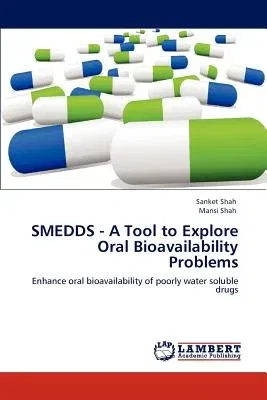Sanket Shah
(Author)SMEDDS - A Tool to Explore Oral Bioavailability ProblemsPaperback, 12 April 2012

Qty
1
Turbo
Ships in 2 - 3 days
In Stock
Free Delivery
Cash on Delivery
15 Days
Free Returns
Secure Checkout
Print Length
140 pages
Language
English
Publisher
LAP Lambert Academic Publishing
Date Published
12 Apr 2012
ISBN-10
3848495317
ISBN-13
9783848495313
Description
Product Details
Authors:
Book Format:
Paperback
Country of Origin:
US
Date Published:
12 April 2012
Dimensions:
22.86 x
15.24 x
0.84 cm
ISBN-10:
3848495317
ISBN-13:
9783848495313
Language:
English
Location:
Saarbrucken
Pages:
140
Publisher:
Weight:
213.19 gm

